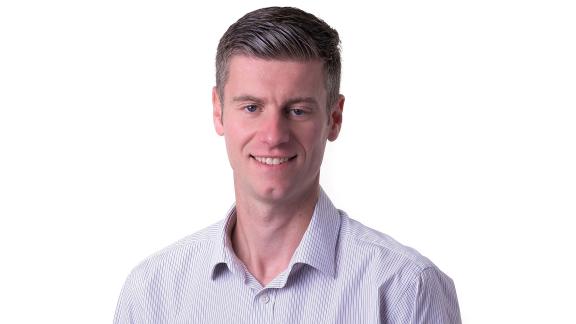Be bold with the ask: embedding the VCSE in system planning and design

With the new integrated care system arrangements becoming established across the country, there is a real opportunity to do things differently, creating and building new partnerships that deliver a person-centred approach. For the VCSE, being clear and bold in what you are asking the system can ensure understanding of the positive impact that will be created.
At the Humber, Coast and Vale Health and Care Partnership (HCV Partnership) we have been working closely between the ‘system’ and the VCSE (voluntary, community and social enterprise) sector for over 18 months and have fantastic foundations in place that means the sector is a key strategic partner in the planning, design and delivery of health and care services.
Quite often the VCSE sector is labelled as difficult to work with due to its size and varied make up. However, our well-established VCSE leadership programme has meant that the system has a mechanism to speak to the sector, and the leaders around the table understand their place. From the outset, our approach has been to make the connections with the partnership and ensure the sector is embedded. This has led to investment in the sector and its involvement in the partnership’s governance and strategic planning.
Not ‘just’ delivery
Since joining the HCV Partnership as the VCSE programme director in 2021, I have been making connections between the sector and key areas of work across the partnership. This has meant the sector has benefited by being a key part of design and delivery of services, and has resulted in the system embracing the value of the VCSE sector and is proactively involving it at the earliest opportunity.
Being part of the design of services rather than ‘just’ delivery allows for wider perspectives and different ideas being formed through co-design. Our work with the Cancer Alliance has seen the sector shaping proposals around early cancer detection and having a greater reach into targeted communities, which can be delivered by the VCSE. As a result of this increased understanding of the sector’s capabilities, the proportion of the budget allocated for the VCSE is more in line with that for the statutory services, meaning it is seen as more of an equal partnership rather than an add on.
…you can wait to be asked and be left waiting or be proactive and seek solutions and provide challenge that instigates collaborative working
As winter is now adding to system pressures already seen through the ongoing pandemic, the VCSE leadership group has been proactive in proposing what the sector can do to help ease the burden. We received a positive response to our proposal to extend existing services in home from hospital, using the social prescribing model to provide community care navigation and increase the use and role of volunteers. This short-term piece of work will see over £1 million invested in the sector across the patch and provides us with foundations to build on as we move into longer-term planning of the integrated care system (ICS).
This approach has been key throughout our work; you can wait to be asked and be left waiting or be proactive and seek solutions and provide challenge that instigates collaborative working.
Place-based VCSE alliances
Ultimately, the VCSE representatives go above and beyond their day job to engage in ICS work
Through distributed leadership and using people’s strengths, we extend the capacity of the VCSE leadership group beyond that of the VCSE programme director. It is in this space that the place-based VCSE alliances are crucial and the many professionals with great experience and skills are invaluable. I may represent the sector, however my role becomes even more valuable when joining the right people into the right conversations. Ultimately, the VCSE representatives go above and beyond their day job to engage in ICS work. I feel we are starting to get the right balance between providing opportunity to engage and being part of the design for it to be a valuable use of time, and ultimately the sustainability of the sector in delivering against the health and care needs of our people and communities.
Speaking to other systems and people in similar roles across the country, they often ask us about our plans and how we as the VCSE sector managed to secure our position within the ICS and secure the resource for the director and team. The answer is quite simple: we have been bold in our ask, alongside providing the rationale and benefits, so the system can understand what positive impact will be created.
The evidence base and call for integration is strong through the likes of the NHS Long Term Plan and the NHS Five Year Forward View. However, how this looks across the country is different. Through hard work across Humber, Coast and Vale, we are fortunate with the aspiration and direction to ensure true integration happens. Equally, we are gaining and sharing a greater understanding of the sector. Following an independent report, we now know across Humber, Coast and Vale the VCSE sector comprises of approximately 14,900 organisations, employs 23,200 full-time equivalent people and the estimated value to the economy is around £4.2 billion per year.
These figures alone are enough for people to listen and engage in conversations with the sector, but we also have many programmes and examples of work at both system and at place that are having a positive outcome on individuals’ health and wellbeing.
Gary Sainty is VCSE programme director at Humber, Coast and Vale Health and Care Partnership.
You can follow Gary and HCV Partnership on Twitter:



